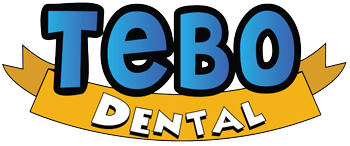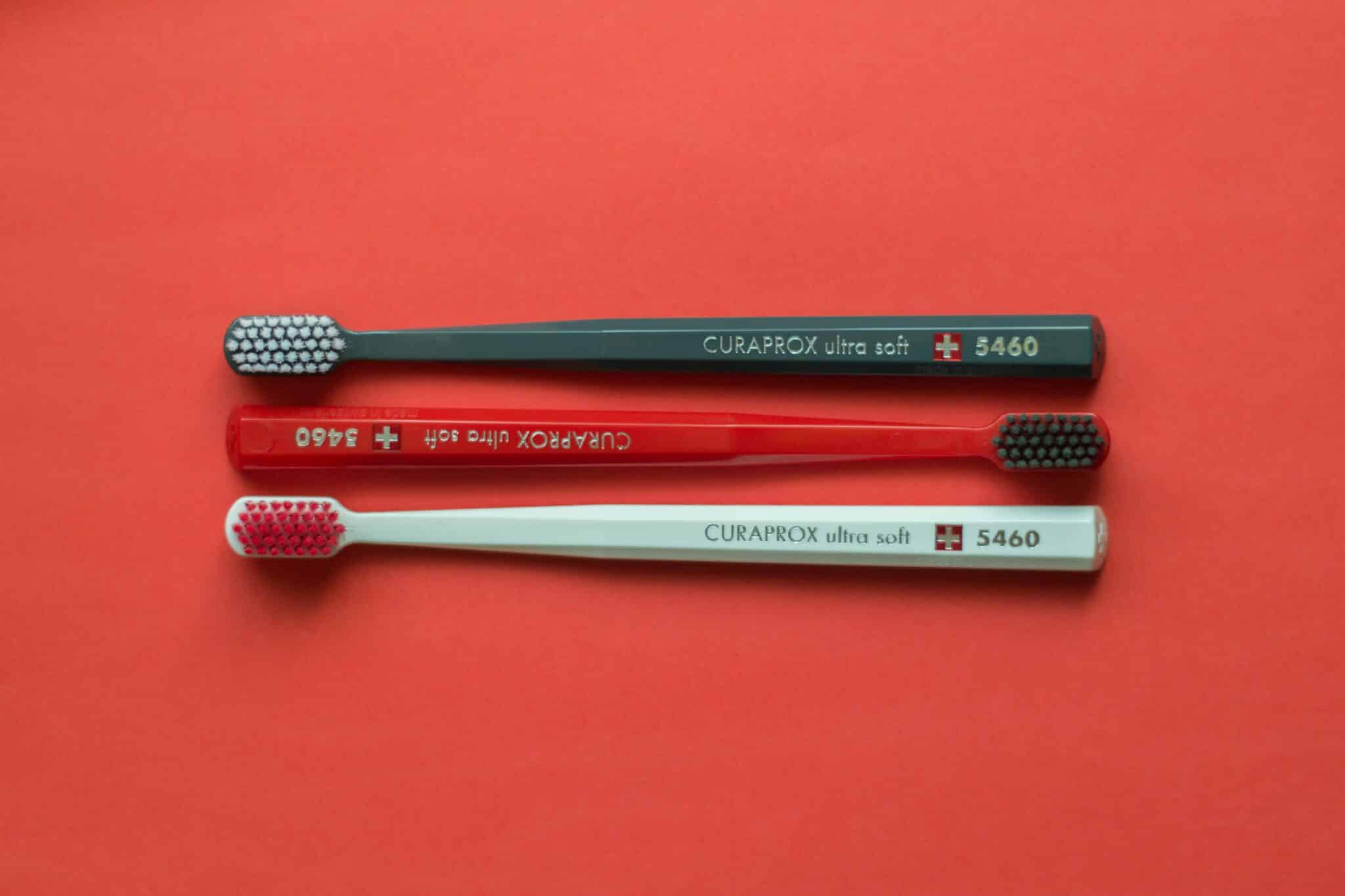Maintaining good oral hygiene is essential for overall health, and choosing the right toothbrush is a crucial part of the process. With the advent of technology, electric toothbrushes have become increasingly popular, offering several advantages over traditional manual toothbrushes. In this blog post, we will compare the benefits and differences between electric toothbrushes and traditional toothbrushes, helping you make an informed decision about which type suits your oral care needs best.
Electric Toothbrushes: A Modern Take On Oral Care
Superior Cleaning Power: One of the most significant advantages of electric toothbrushes is their ability to provide superior cleaning power compared to manual toothbrushes. The rotating or oscillating brush heads of electric toothbrushes can remove plaque more effectively, reaching areas that are difficult to access with a manual toothbrush. Additionally, some electric toothbrush models come with built-in timers that ensure you brush for the recommended two minutes, optimizing your oral health routine.
Enhanced Brushing Technique: Many people struggle with maintaining the correct brushing technique, which can lead to improper cleaning and potential dental issues. Electric toothbrushes often feature pressure sensors and various brushing modes, such as sensitive or gum care modes, helping users achieve optimal brushing technique. These features can be especially beneficial for individuals with braces, dental implants, or other oral conditions requiring extra care.
Ideal for Specific Oral Needs: Electric toothbrushes come in a range of models tailored to specific oral care needs. Some models offer specialized brush heads for sensitive teeth, whitening, or gum care. People with limited dexterity or arthritis can also benefit from electric toothbrushes, as they require less manual effort. Children’s electric toothbrushes often feature fun designs and timers to make brushing a more enjoyable experience for kids.
Traditional Toothbrushes: Simple & Effective
Cost-Effective: Traditional toothbrushes are readily available and considerably more affordable than their electric counterparts. They are the go-to choice for those on a tight budget or when traveling, as they are lightweight and easily replaceable. Additionally, many dental professionals emphasize that using a manual toothbrush correctly can still yield excellent oral hygiene results.
Portability: Traditional toothbrushes are compact and do not require charging or batteries, making them extremely portable. Whether you’re traveling or simply need to freshen up during the day, a manual toothbrush is convenient and easy to carry around. It’s worth noting that electric toothbrushes also come in travel-friendly sizes, but their dependency on power can be a drawback in certain situations.
Environmental Impact: For eco-conscious individuals, traditional toothbrushes hold an advantage. They are typically made from biodegradable materials, such as bamboo or recyclable plastics, making them a more sustainable option. In contrast, electric toothbrushes require batteries or charging, contributing to electronic waste. However, some electric toothbrushes have replaceable brush heads, reducing waste in the long run.
Making The Right Choice… For You!
Choosing between an electric toothbrush or a traditional toothbrush ultimately depends on your specific needs and preferences. If you prioritize superior cleaning power, advanced features, and personalized oral care, an electric toothbrush might be the ideal choice for you. On the other hand, if cost, portability, or environmental factors are crucial to you, a traditional toothbrush can be an effective and convenient option.
Ultimately, the most important aspect of oral hygiene is not the type of toothbrush you use, but it’s more about the consistency and thoroughness of your brushing routine. Whichever toothbrush you choose, make sure to brush at least twice a day, follow proper technique, and don’t forget to replace your toothbrush or brush head every three to four months or as to ensure you are practicing proper dental hygiene.





